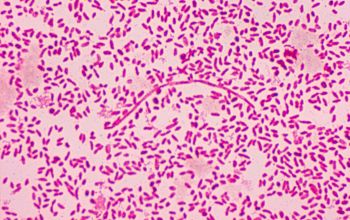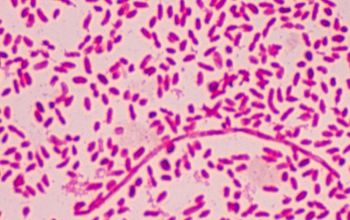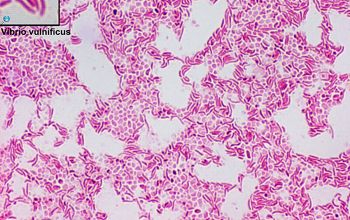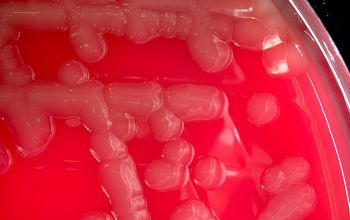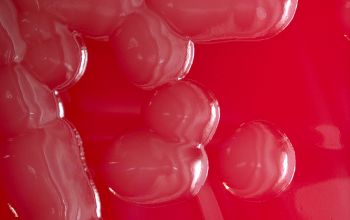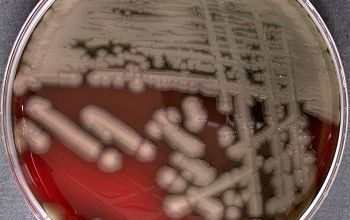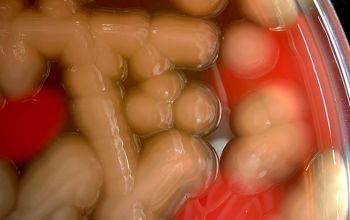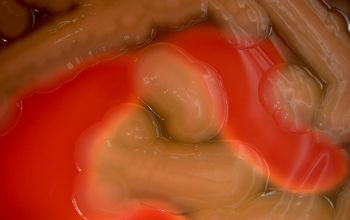Vibrio vulnificus
-
General information
All Vibrionaceae require Na+ for growth
Taxonomy
Family: Vibrionaceae
Natural habitats
Marine environments
Clinical significance
V. vulnificus causes primary cellulites, septicemia, foodborne disease and wound infections.
Patients usually have predisposing conditions such as liver disease, immunosuppression, or other chronic diseases.
Patients typically present with a sudden onset of fever and chills, vomiting, diarrhea, and abdominal pain.
Secondary skin lesions
often appear, progressing to bulla formation and necrosis.
Endotoxic shock
often occurs and can rapidly lead to death.
They also cause severe wound infections, usually after trauma and exposure to marine animals or the marine environment.
-
Gram stain
Gram negative rod,
0.5-0.8 x 1.4-2.6 µm
straight, curved,
or comma shaped rods,
-
Culture characteristics
-
Facultative anaerobic
It is common for pure cultures of vibrios to produce multiple colony morphologies (as many as 5), best seen on blood agar.
Variations in morphology include smooth, rough, convex, flat spreading, and compact in various combinations.
McConkey growth, lactose fermenter
TCBS green colonies
(sucrose not fermented)
BBAØ growth
motility: polar flagella
-
-
Characteristics
-
References
James Versalovic et al.(2011) Manual of Clinical Microbiology 10th Edition
Karen C. Carrol et al (2019) Manual of Clinical Microbiology, 12th Edition

